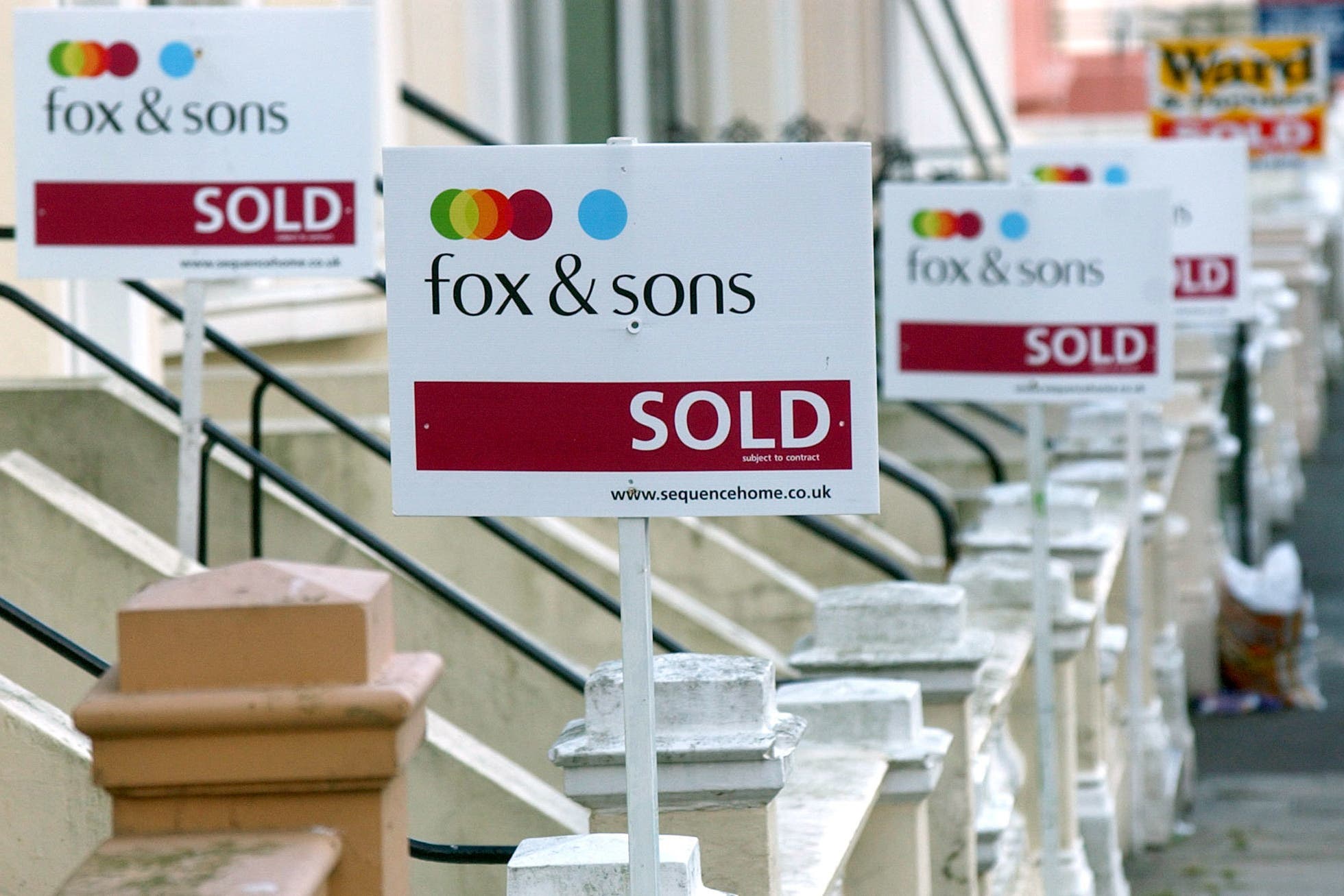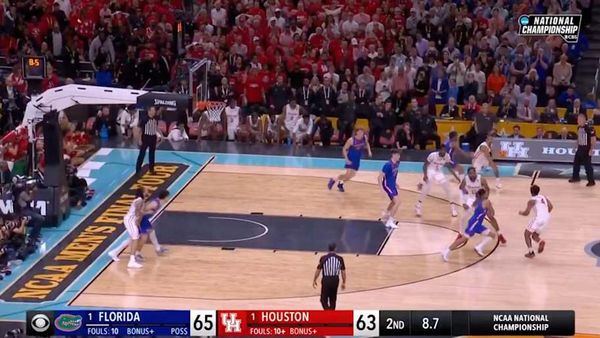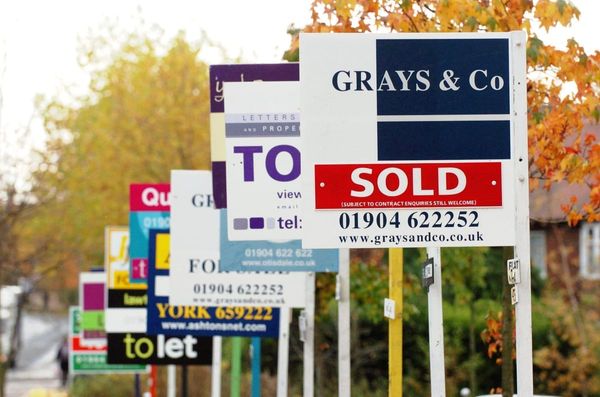House prices fell for the first time in nine months in December, paving the way for a stampede of first home buyers ahead of a looming deadline for stamp duty relief.
Data from Halifax bank showed average prices across the UK fell by 0.2 per cent last month to £297,166, which also limited the rise in the value of an average home to 3.3 per cent in 2024 after prices hit a a record £298,083 in November.
The bank said the drop and a looming deadline for first time buyers to take advantage of lower stamp duty costs could lead to a flurry of purchases among would-be home owners.
Amanda Bryden, head of mortgages at Halifax, said changes to stamp duty from April, which will see the band for first-time buyers where they pay zero shrink from £425,000 to £300,000, have given prospective first-time buyers greater motivation to get on the housing ladder and bring any home-buying plans forward.
She said changes to stamp duty from April, which will see the band for first-time buyers where they pay zero shrink from £425,000 to £300,000, have given prospective first-time buyers more motivation to get on the housing ladder and bring any home-buying plans forward. Stamp duty applies in England and Northern Ireland.
Ms Bryden said that, looking to 2025, “mortgage affordability will remain a challenge for many, especially as the (Bank of England base rate) is likely to come down more slowly than previously predicted.
“However, providing employment conditions don’t deteriorate markedly from a more recent softening, buyer demand should hold up relatively well and, taking all this into account, we’re continuing to anticipate modest house price growth this year,” she said.
Nathan Emerson, chief executive of property professionals’ body Propertymark, said he expected to see “an upbeat and confident start to the year” with the expected as many people across England and Northern Ireland positioned themselves to get into the market ahead of the stamp duty rises in April.
Mark Harris, chief executive of mortgage broker SPF Private Clients, said financial insitutions such as HSBC, Halifax and Leeds Building Society lenders reducing some of their mortgage rates this month borrowers would be hoping that other lenders follow suit and that the Bank of England delivers further rate reductions.

Others cautioned the market to brace for a reduction in purchases. Iain McKenzie, chief executive of the Guild of Property Professionals, said demand would temper after the stamp duty changes, but the expected rate cuts could encourage the market.
Alice Haine, personal finance analyst at Bestinvest by Evelyn Partners, said the wo interest rate cuts in 2024 had not entirely eased the mortgage misery for many borrowers.
“While average two and five-year mortgage rates did end the year lower than they started it, a higher inflation reading in December could result in a potentially slower pace of rate reductions in 2025. It means mortgage rates may not be heading downwards as fast as many borrowers would like,” she said.
Average house prices and the annual increases for each region
East Midlands, £244,274, 3.7 per cent
Eastern England, £336,426, 3.1 per cent
London, £547,614, 3.3 per cent
North East, £176,454, 4.6 per cent
North West, £238,832, 5.3 per cent
Northern Ireland, £205,895, 7.4 per cent
Scotland, £209,959, 2.4 per cent
South East, £389,431, 3.1 per cent
South West, £305,326, 3.8 per cent
Wales, £226,646, 4.6 per cent
West Midlands, £259,365, 4.5 per cent
Yorkshire and the Humber, £213,226, 4.0 per cent










